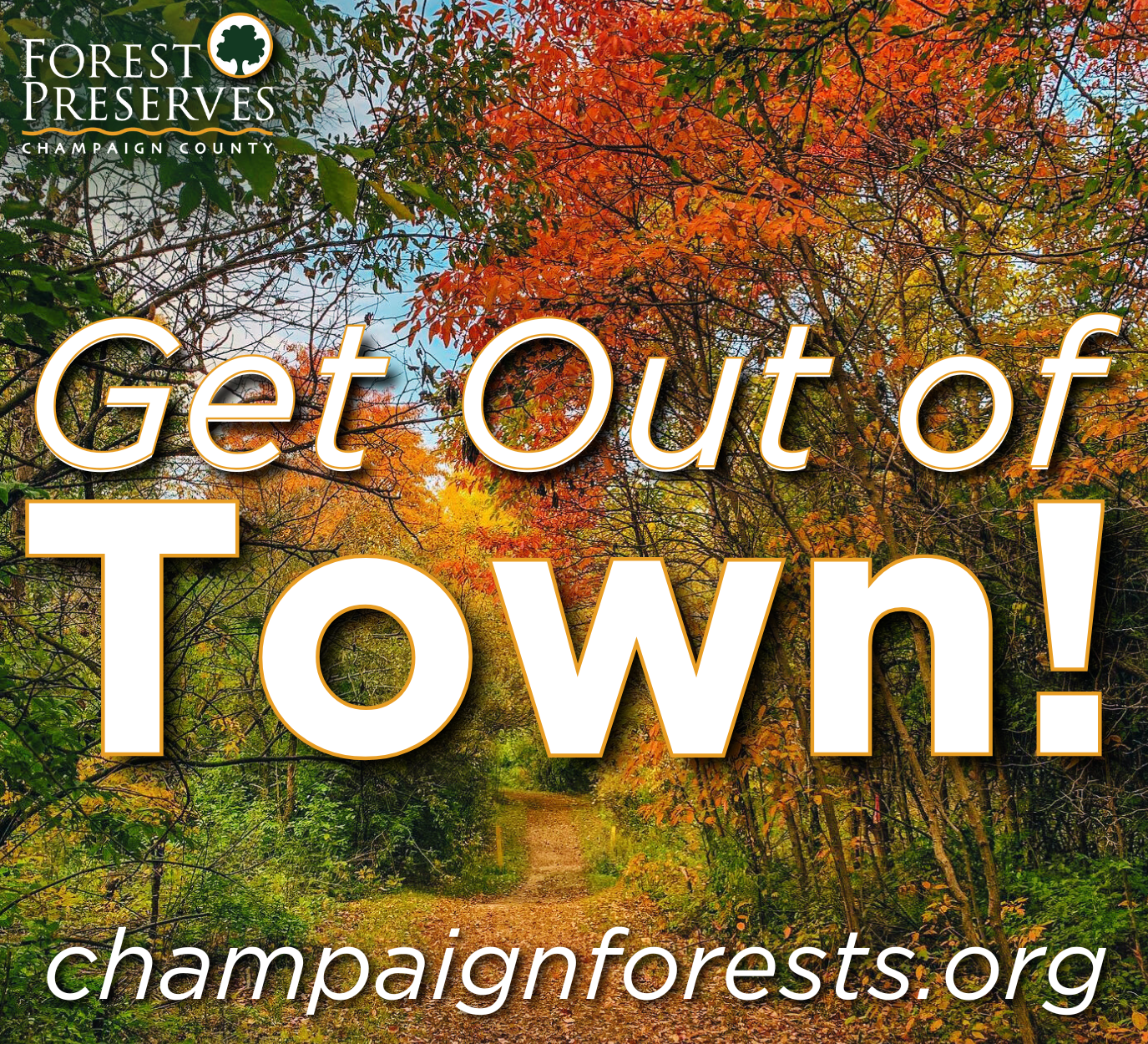President Donald Trump declared on Tuesday that his administration will pursue the death penalty in every homicide case in Washington, D.C.
During a cabinet meeting at the White House on August 26, Trump made the announcement with a play on words: “anybody murders something in the capital, capital punishment. Capitol — capital punishment, if somebody kills somebody in the capital, Washington DC, we’re going to be seeking the death penalty. And that’s a very strong preventative, and everybody that’s heard it agrees with it. I don’t know if we’re ready for it in this country, but we have it. It is — we have no choice.”
Multiple analyses of FBI crime data consistently show that states without the death penalty have lower murder rates than states that retain capital punishment. According to Death Penalty Information Center analysis, non-death penalty states have maintained consistently lower murder rates than death penalty states, with the gap growing since 1990.
FBI data reveals striking regional patterns: the South, which conducts the most executions, has murder rates 1.7 times higher than the Northeast, which has the fewest executions. In 2014, death penalty jurisdictions had a murder rate of 4.7 per 100,000 compared to 3.8 per 100,000 in non-death penalty jurisdictions. Ten of the eleven states with the highest murder rates retain the death penalty, while six of the eight lowest murder rate states do not.
Washington D.C. has a unique legal status that enables Trump’s directive. The District of Columbia abolished the death penalty in 1981, and residents voted 2-to-1 against reinstating it in a 1992 congressional referendum. The last execution in D.C. was Robert Carter in 1957, who was convicted of fatally shooting an off-duty police officer.
However, because D.C. is a federal district rather than a state, murder cases are prosecuted by the U.S. Attorney’s Office, a federal entity under the Department of Justice. This federal jurisdiction allows Trump to bypass local opposition to capital punishment.
The legal foundation for this policy stems from Trump’s January 20 executive order reinstating federal death penalty, which reversed President Biden’s moratorium on federal executions.
The policy faces significant practical and constitutional obstacles. The Supreme Court ruled in 1972’s Furman v. Georgia that mandatory death sentences are unconstitutional. Trump’s directive to seek death penalty in all murder cases could conflict with this precedent.
Additionally, jury selection in capital cases presents challenges in D.C., where death penalty support is extremely low. Legal experts note that under Witherspoon v. Illinois (1968), juries “cannot speak for the community” if they are “culled of all who harbor doubts about the wisdom of capital punishment.”
Trump’s announcement comes amid his broader federal intervention in D.C. law enforcement. The president has deployed over 800 National Guard troops and federal law enforcement officers to combat what he characterizes as rampant crime. This occurred despite local officials citing a 32% decrease in homicides from the previous year and violent crime reaching a “30-year low.”



